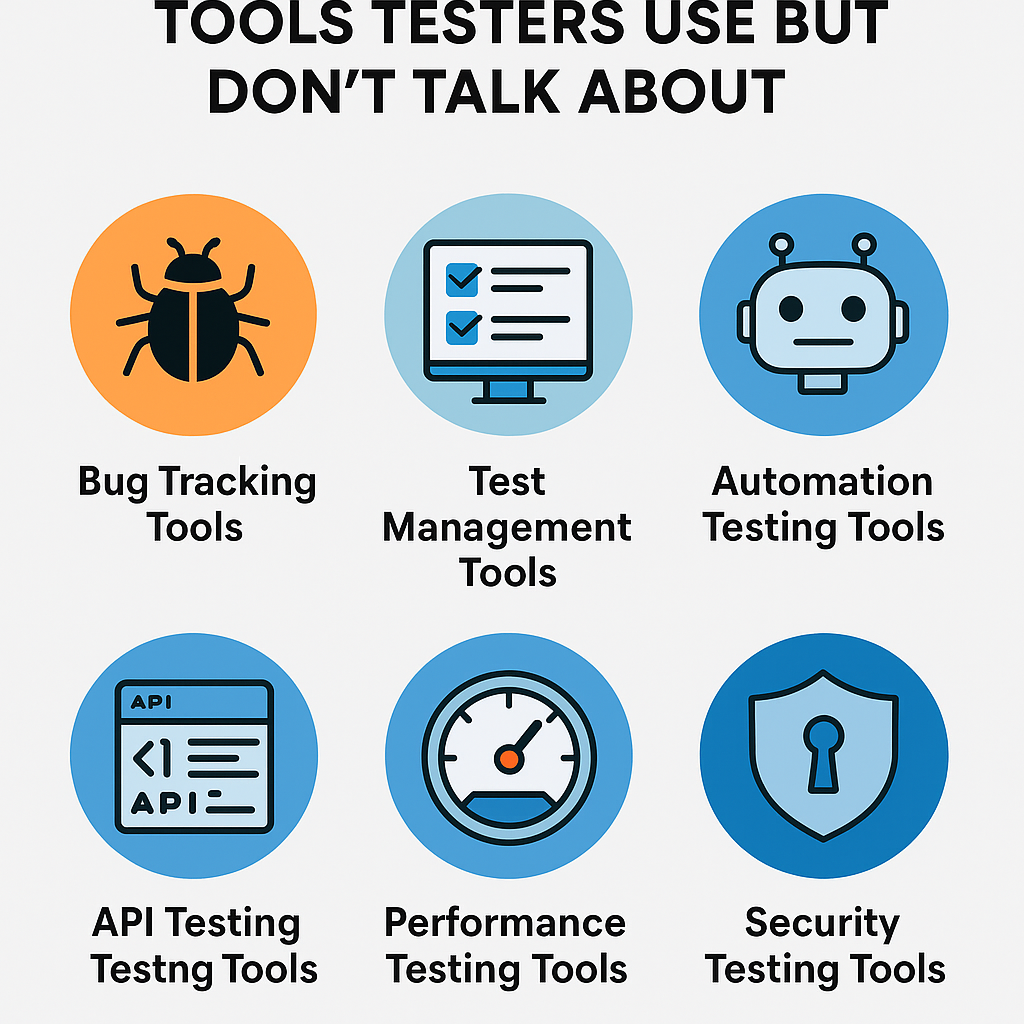Imagine placing an order on eBay, only to find out later that someone else tampered with your delivery address or canceled your order. 😱 That’s the kind of nightmare scenario Order Management Security Testing aims to prevent. At eBay, the order management system is carefully guarded to ensure the integrity of each order and the security of customer data.
Why Security Testing is Critical for Order Management
Order management is the backbone of e-commerce operations, handling order placement, fulfillment, tracking, and updating. Without proper security measures, attackers could manipulate order details, change shipping addresses, or even cancel orders. That’s why eBay implements rigorous security testing for its order management system.
Here’s why order management security testing is essential:
- Prevents Unauthorized Changes: Ensures only authorized personnel can modify order details.
- Protects Customer Data: Secures sensitive data like shipping addresses and order histories.
- Maintains Order Integrity: Ensures that orders are processed, updated, and fulfilled accurately.
Also read about How to test SQL injection as Manual tester?
Benefits of Security Testing for Order Management
By testing your order management system, you can avoid some major headaches down the road. Here’s what you gain by doing it:
- Order Accuracy: Ensures that orders can’t be tampered with by unauthorized users.
- Data Protection: Keeps sensitive customer data secure, like delivery addresses and order histories.
- Fraud Prevention: Detects and blocks fraudulent activities like unauthorized cancellations or changes.
- Improved Trust: A secure order management system enhances customer confidence.
Also read about How to test SQL injection as Manual tester?
Disadvantages of Not Performing Security Testing
Skipping security testing in order management can lead to a world of problems. Here’s what could happen:
- Order Manipulation: Attackers could change order details, cancel orders, or manipulate delivery information.
- Customer Data Leaks: Sensitive information like shipping addresses could be exposed.
- Loss of Customer Trust: If orders are tampered with or data is leaked, customers will lose faith in your platform.
- Financial Losses: Fraudulent orders or unauthorized changes can lead to financial penalties or legal action.
Best Practices for Securing Order Management
Here are some best practices to follow for securing your order management system, based on eBay’s approach:
- Implement Role-Based Access Control (RBAC): Only authorized users should have the ability to modify orders.
- Encrypt Sensitive Data: Encrypt customer data such as shipping addresses and order details.
- Use Session Management: Ensure sessions expire after a certain period of inactivity.
- Validate All Inputs: Prevent SQL injection and XSS attacks by validating all input fields related to order management.
Test Cases with test data for Order Management Security
(Note: These test cases are designed for manual testers performing security testing.)
Here are some real-world test cases:
| Test Case ID | Test Objective | Test Steps | Test Data | Expected Result |
|---|---|---|---|---|
| SEC_OM_01 | Test for unauthorized access to orders | Attempt to change order details as a non-admin user | User: guest_user, Order ID: ORD12345 | Access denied, error shown |
| SEC_OM_02 | Test input validation for order status update | Enter SQL injection in order status field | SELECT * FROM orders WHERE status = 'shipped' | Input rejected, error displayed |
| SEC_OM_03 | Test for session expiration in order management | Leave session idle for 15 minutes during order processing | User: john_doe, Order ID: ORD54321 | Session expires, user logged out |
| SEC_OM_04 | Test order history retention after logout | Logout and login again, check order history | User: jane_doe@example.com | Order history retained across sessions |
| SEC_OM_05 | Test for XSS vulnerabilities in order management | Inject script in order notes field | <script>alert('Hacked!')</script> | Script blocked, input sanitized |
| SEC_OM_06 | Test order status update notifications | Update order status from shipped to delivered | Order ID: ORD98765, Status: delivered | Customer receives correct notification |
| SEC_OM_07 | Test for SQL injection in order processing fields | Enter SQL commands in order-related fields | SQL Query: SELECT * FROM orders WHERE item_id = 123 | SQL injection blocked, error shown |
| SEC_OM_08 | Test order tracking for multiple items | Order multiple items and track status | Order ID: ORD67890, Items: 3 | Order status tracked correctly for each item |
| SEC_OM_09 | Test for unauthorized changes to delivery details | Attempt to change delivery address post-order | User: unauthorized_user, Order ID: ORD24680 | Unauthorized changes rejected |
| SEC_OM_10 | Test for CSRF in order management | Attempt unauthorized order action using CSRF | CSRF Token: XYZ123456, Order ID: ORD13579 | CSRF attack blocked, action unauthorized |
Conclusion
Securing the order management system is essential for maintaining order accuracy, protecting sensitive data, and building customer trust. By following best practices, you can ensure your platform is secure and avoid the risks of order manipulation and data breaches
order management security testing for e-commerce,securing customer orders in e-commerce,access control for order management systems,session expiration in order management,input validation in order updates,preventing unauthorized changes to orders,testing order management vulnerabilities,encryption of customer data in orders,best practices for secure order management,eBay order management security testing












